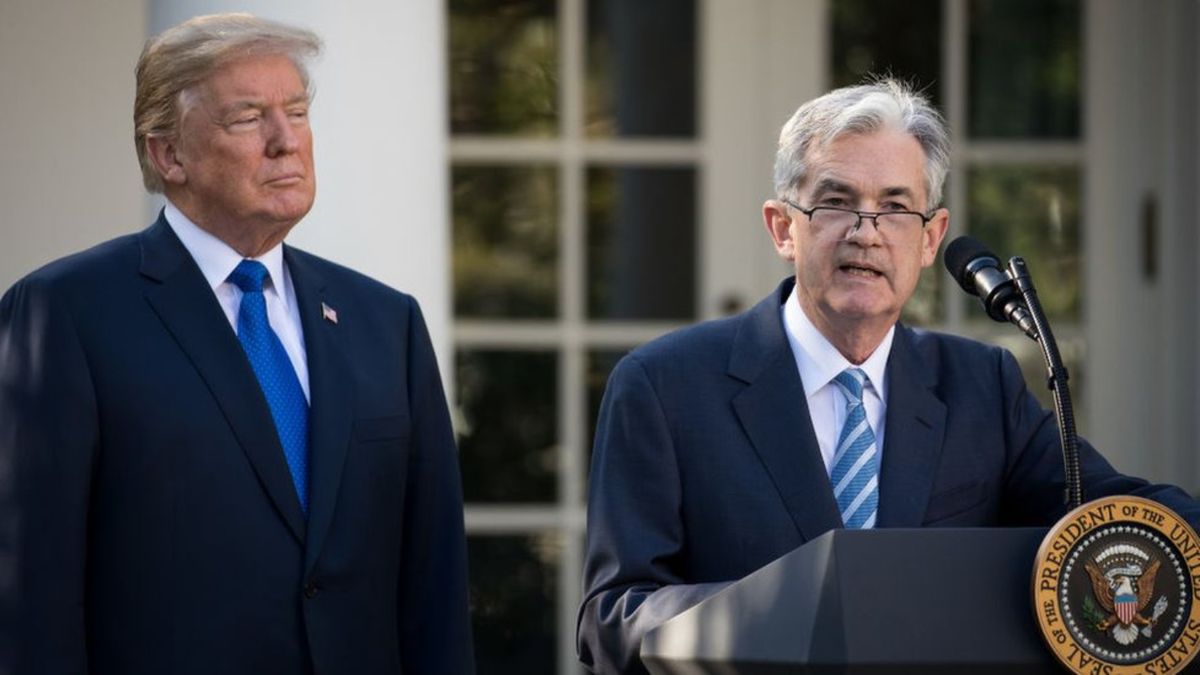In a recent notable financial move, The Argentine Treasury, through its Secretary of Finance, announced the purchase of 2,701 million dollars from the Central Bank of the Argentine Republic (BCRA). These funds will be used to cover capital payments in dollars and euros corresponding to the Global bonds and Bonaresmaturing in January 2025. Rent payments for those same bonds, which also mature in January, were already secured with a prior purchase of dollars.
The operation has generated certain surprise in the marketgiven that, although in the previous week the imminent conclusion of a financing agreement through a Repo with private banks for these purposes, it was finally not necessary to resort to that resource. This movement is, without a doubt, a positive signal for bondholders, since it reinforces not only the Government’s willingness to pay but also its ability to complete it without resorting to additional sources of financing.
The source of treasury funds for the acquisition of dollars
The Treasury has managed to finance this significant purchase of foreign currency despite the limited capacity to generate a fiscal surplus. Until September, the accumulated financial surplus was approximately 2.44 trillion pesos, but the Government has made purchases of dollars from the BCRA for a cumulative amount of 9.68 trillion pesos, thus considerably exceeding the positive balance that its tax accounts.
With this context, a natural question arises: Where do the pesos that allow the Treasury to acquire these dollars come from? The answer lies in the transfer of remunerated liabilities, initially in the possession of the BCRA, to the Treasury. These liabilities are instruments of monetary contraction that the Central Bank usually uses to absorb pesos in circulation and prevent them from putting pressure on prices or the exchange rate. However, when they are transferred to the Treasury, they lose that contraction function: although these funds can be deposited in the BCRA, the Treasury maintains discretion over their use, which allows it to use them in strategic operations such as the recent purchase of dollars.
This policy allows the Treasury to use these funds without resorting to new issuance of pesos or external financing, thus obtaining the dollars necessary for its maturities in the short term. However, the maneuver calls into question the exchange rate effect that these funds could have if they were released into the system in another context, especially in a possible relaxation of exchange control.
The availability of dollars in the BCRA and the role of money laundering
An important question is how the BCRA can provide dollars to the Treasury despite the situation of negative net reserves it is experiencing.. This is where the program comes into play. money launderingwhich, although it does not directly pursue fiscal objectives, has allowed the Central Bank to add gross reserves. Money laundering, far from seeking economic reactivation, has provided the BCRA with a mechanism to strengthen its gross reserves, thus facilitating its debt payment commitments through a controlled entry of foreign currency.
For bondholders, particularly international ones, the origin of these dollars is secondary. Their main interest is to receive payments in a timely manner, regardless of whether the funds come from the IMF, as in 2018, or from capital laundered by citizens. This dynamic explains the increase in bond prices in recent months, a reflection of the market’s confidence in the government’s willingness and ability to pay in the short term.
Future outlook and potential risks
Through this strategy, the Treasury has managed to capitalize the pesos that were intended to contain pressures on prices and the exchange rate and combine them with the dollars from money laundering to meet debt maturities. However, this implies that a significant portion of pesos that supported deposits and were originally in the BCRA have been used to cover the needs of the Treasury, in this case buying dollars to pay debt and thus reduce the net reserves of the BCRA. entity.
In conclusion, the Treasury’s decision to make this purchase of dollars from the BCRA without resorting to additional debt or issuance of pesos represents temporary relief and is good news for compliance with debt commitments. However, the dependence on dollars from unsustainable sources, such as money laundering, and the redistribution of remunerated liabilities in the Treasury highlight a short-term approach, which, while giving the government room for maneuver, raises questions about sustainability. of this strategy in the immediate future.
Source: Ambito
I am a 24-year-old writer and journalist who has been working in the news industry for the past two years. I write primarily about market news, so if you’re looking for insights into what’s going on in the stock market or economic indicators, you’ve come to the right place. I also dabble in writing articles on lifestyle trends and pop culture news.




